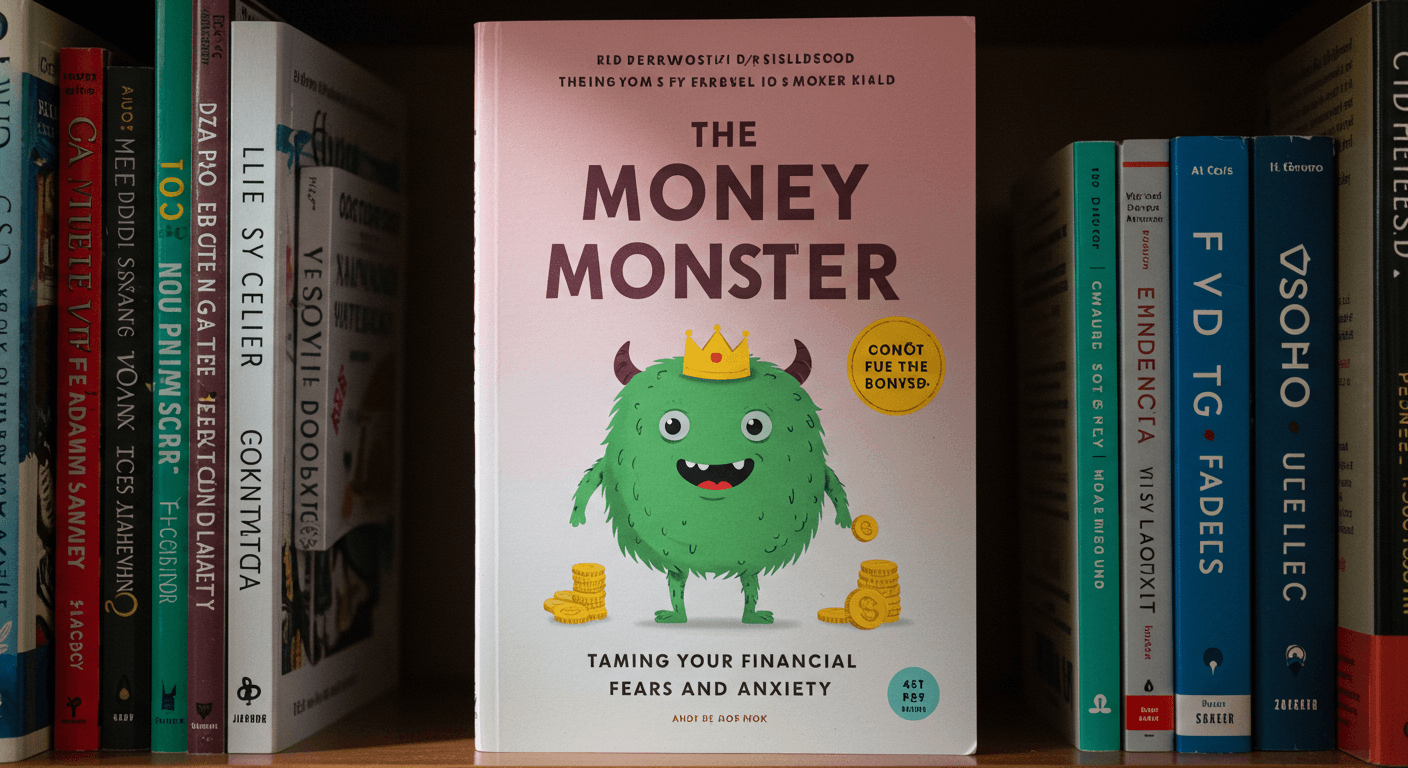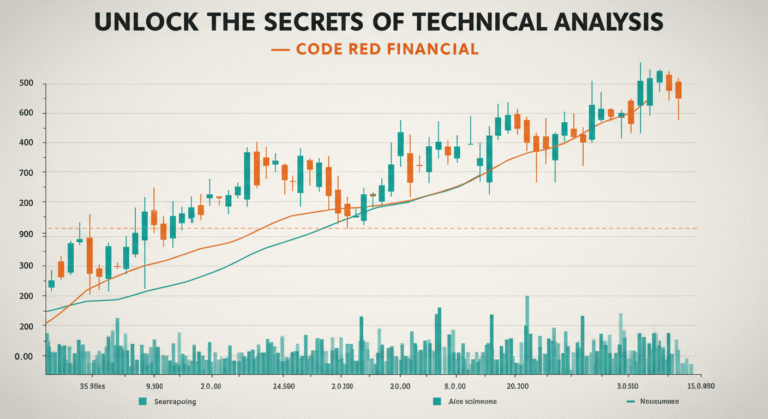
Understanding the Emotional Impact of Money
Money can feel like a heavy topic for many of us—it’s not just about numbers in a bank account. The way we relate to money often has a profound impact on our emotional well-being. Whether we’re feeling anxious, guilty, or ashamed, these emotions can creep into how we handle our finances. Financial stress doesn’t just affect our mental health—it can also show up physically and strain our relationships. Recognizing how money-related struggles impact us emotionally is a big first step in working toward financial peace.
Common triggers for financial anxiety can include things like unexpected expenses, losing a job, or being buried under debt. These situations can often leave us feeling helpless or unsure of what to do next. At times, it’s easier to avoid facing the problem altogether. Add societal pressures to the mix, and it can feel like your personal worth is tied to your financial success. This connection can create a negative cycle that keeps feeding the stress, making it harder to break free.
On a deeper level, financial challenges can leave us feeling inadequate, damaging our self-esteem and increasing stress. The fear of not being able to meet financial obligations can make everyday life feel like a constant worry. This stress can spill over into relationships, too—partners might argue over money or avoid discussing finances altogether out of fear of conflict. Ignoring the problem can lead to isolation, further deepening emotional struggles.
The good news is that acknowledging these feelings is the first step toward healing. By understanding and naming the emotions tied to money, we can start facing our financial challenges more openly. Recognizing how emotions impact our relationship with money sets us up to take healthier, more proactive steps toward managing our finances, which in turn leads to a more balanced and fulfilling life.
Identifying Your Financial Fears
Facing your financial fears can feel overwhelming, but it’s a necessary step toward feeling more in control of your financial future. These fears often come from past experiences, societal pressures, or simply uncertainty about what lies ahead. A great way to begin understanding these anxieties is through self-reflection, and one of the most effective tools for this is journaling. Writing down your thoughts and feelings about money can help you uncover the root of your fears.
When journaling, create a safe space where you can be completely honest with yourself—no judgment here. Ask yourself questions like: What specific financial situations cause me stress? How do I feel when I think about my financial future? What past experiences have shaped how I view money? These reflections can reveal underlying fears, whether it’s about debt, saving for the future, or the fear of just getting by.
Looking back at past financial decisions can also offer insights into recurring patterns of anxiety. For example, if you always feel nervous during tax season, it might point to a fear of financial inadequacy or the possibility of an audit. Once you recognize these patterns, you can work on addressing the beliefs that fuel them, turning those fears into manageable challenges.
Remember, identifying financial fears isn’t a one-time event—it’s a continual process. As life changes, so do our worries. Regular self-assessment can help keep you on track and focused, even as financial circumstances evolve. By recognizing your fears and understanding where they come from, you can start to make a plan to move past them, building greater confidence along the way.
Shifting Your Mindset: From Fear to Empowerment
Our relationship with money is often shaped by long-standing beliefs and experiences that can fuel fear and anxiety. But shifting from a mindset of fear to one of empowerment is key to overcoming these emotions and developing a healthier relationship with money. A growth mindset—where challenges are seen as opportunities to learn—plays an essential role in making this shift.
One way to start this transformation is by using positive affirmations. These simple, empowering statements can rewire negative thoughts about money. For example, instead of thinking, “I’ll never get ahead financially,” you can try, “I am capable of managing my finances with confidence.” Repeating affirmations like these can help build a more positive, empowered mindset. It’s important to choose affirmations that feel authentic to you, as this will make them more effective.
Visualization is another powerful tool to shift your mindset. Take a few minutes each day to imagine your financial goals—whether it’s owning a home, becoming debt-free, or saving for retirement. Visualizing these outcomes helps create a mental roadmap for success and motivates you to take real steps toward achieving them.
Developing a healthy relationship with money involves acknowledging your fears and reframing the way you think about financial challenges. Instead of seeing them as roadblocks, try viewing them as opportunities for growth. This shift not only builds resilience but turns financial struggles into steps toward empowerment. By incorporating positive affirmations and visualization into your routine, you can create a more open, positive mindset toward money, setting yourself up for a fulfilling financial future.

Creating a Financial Plan That Works for You
Creating a financial plan is one of the most effective ways to ease the anxiety that often comes with managing money. A solid financial plan helps you clarify your goals, set a budget, and lay out a path for savings and investments. The first step in developing a plan is to assess where you currently stand financially—what’s your income, what are your expenses, what assets and liabilities do you have? Understanding your financial starting point is crucial for setting realistic future goals.
Next, it’s important to set clear, actionable financial goals. Whether you’re saving for a big purchase, paying off debt, or planning for retirement, having specific goals gives you direction and motivation. A good way to ensure your goals are achievable is to make them SMART (Specific, Measurable, Attainable, Relevant, Time-bound).
Once your goals are clear, it’s time to create a budget that aligns with them. A budget helps you track where your money is going and ensures that you’re allocating enough for savings and essential expenses, while keeping unnecessary spending in check.
Along with budgeting, building an emergency fund is essential. Experts recommend saving enough to cover three to six months of living expenses. Having this safety net in place helps you feel more secure, knowing that you’re prepared for unexpected situations.
Finally, a financial plan should be flexible. Life happens, and circumstances can change. Regularly reviewing and adjusting your plan ensures that you stay on track even if things don’t go as expected. With a solid, adaptable financial plan in place, you’ll feel more confident and in control of your financial future.
Developing Coping Strategies for Financial Stress
Financial stress is a reality for many, but there are ways to manage it. Developing coping strategies that support both your mental and emotional well-being can make a big difference. One helpful technique is mindfulness, which involves focusing on the present moment without judgment. Practicing mindfulness can significantly reduce anxiety and bring a sense of calm, especially during uncertain times. Simple practices like mindful breathing or body scans can help you regain clarity in stressful moments.
Meditation is another powerful tool to manage financial stress. Regular meditation fosters peace of mind and reduces overall anxiety. You can even find guided meditation sessions specifically focused on easing financial worries, helping you shift your thoughts toward positive outcomes.
Physical activities like yoga or tai chi can also support your emotional well-being by promoting relaxation and reducing stress. These practices not only improve your physical health but also help you manage the emotional weight of financial anxiety.
Lastly, don’t underestimate the power of community. Connecting with others who are going through similar financial struggles can offer valuable perspective and support. Online groups, local community organizations, and peer support networks can provide comfort and practical advice. And if things become too overwhelming, seeking guidance from financial advisors or mental health professionals can be incredibly helpful. You don’t have to face your financial worries alone.

Building Resilience: Lessons from Financial Setbacks
Financial setbacks are a part of life, but how we respond to them defines our path forward. Resilience—our ability to bounce back after a setback—is key to navigating financial challenges and emerging stronger. Many successful people have faced significant financial struggles and turned them into learning experiences that shaped their future success.
Take John’s story, for example. After losing his job during an economic downturn, he felt overwhelmed by fear and anxiety. Instead of letting this setback define him, he used it as an opportunity for growth. He focused on developing new skills and expanding his network, which ultimately led him to a more fulfilling career. His story shows that financial hardships don’t have to define you—they can fuel personal and professional growth when approached with resilience.
Building resilience involves more than just bouncing back—it’s about learning from your mistakes and adapting along the way. Setting realistic financial goals, maintaining flexibility, and having a safety net can all help increase your resilience. By seeing failure as part of the journey, rather than something to fear, you’ll build the strength to overcome future financial obstacles.
Taking Action: Steps Toward Financial Peace
Achieving financial peace is a journey that requires taking action. By making small, consistent steps toward managing your finances, you can reduce anxiety and build confidence.
Start by creating a detailed budget that tracks your income and expenses. This simple tool will help you make informed decisions about your spending and identify areas where you can save.
Building an emergency fund is another key step. Financial experts recommend saving enough to cover three to six months of living expenses. This cushion will provide peace of mind in the event of unexpected challenges.
If you have debt, make it a priority to pay it off. Tackling high-interest debt will free you from the financial burden and reduce stress. Whether you use the debt snowball method (starting with the smallest debt) or the avalanche method (focusing on the highest-interest debt), having a clear plan will help you stay motivated.
Finally, remember to celebrate your small wins along the way. Every step you take toward financial stability—whether it’s sticking to your budget, saving more, or reducing debt—deserves recognition. Acknowledging these victories reinforces positive behavior and keeps you motivated on your financial journey.




